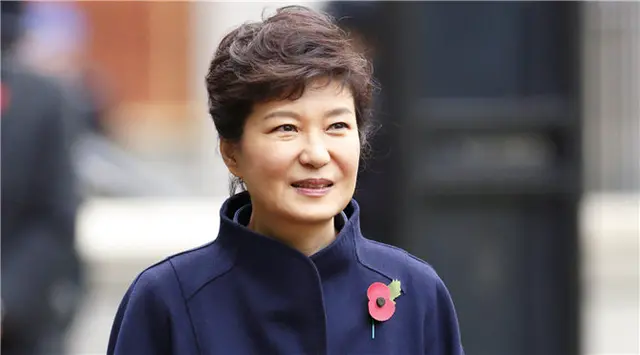South Korea strongly denounced the Democratic People's Republic of Korea (DPRK) for its fourth nuclear test on Wednesday, warning a price for the unexpected provocation that threatens world peace.
South Korean President Park Geun-hye convened an emergency security meeting, saying that the nuclear test was a threat to the country's security and a challenge to world peace and stability.
Park said that Seoul had repeatedly warned over a price against possible DPRK nuclear tests, vowing to make the DPRK pay a price corresponding to the nuclear test in cooperation with the international society, including strong sanctions by UN Security Council and other stern measures by its allies and allied nations.
The president said that if it was an H-bomb test as the DPRK claimed, it would change the fundamental nature of the DPRK's nuclear issue and rock the geopolitical picture in Northeast Asia.
Park ordered relevant agencies and ministries to share information on and analyze the nuclear test in cooperation with counterparts of other countries to correctly assess the DPRK's fourth nuclear test, while instructing a stronger cooperation with U.S. forces to deal sternly with any possible DPRK provocations.
The DPRK's state-run KCNA news agency made a major announcement Wednesday that it had successfully carried out its first hydrogen bomb test.
It said that the test, which took place at 10 a.m. Pyongyang time (0130 GMT), was a "perfect success," noting that the test of a "miniaturized" hydrogen bomb elevated its nuclear weapons capability to the next level.
According to the KCNA report, top DPRK leader Kim Jong Un had ordered the H-bomb test on Dec. 15, 2015 and signed the final written order on Sunday.
Pyongyang claimed the test to be one of the hydrogen device, but the National Intelligence Service (NIS), South Korea's spy agency, said that there was a possibility for it not being a H-bomb test given the size of the seismic activity.
The NIS told lawmakers that the size of seismic activity, caused by Wednesday's nuclear test, was at a magnitude of 4.8 with a blast of 6.0 kilotons. It was lower than a magnitude of 4.9 and an explosion of 7.9 kilotons that were caused by the DPRK's previous nuclear test in 2013 of an atomic bomb.
The spy agency claimed that if it was a H-bomb, its blast size should have been hundreds of kilotons or at least tens of kilotons even under the failed test scenario.
Earlier in the day, the China Earthquake Network Center said a 4.9-magnitutude earthquake struck the DPRK at a depth of 0 km, indicating an artificial quake caused by a nuclear test.
The Korea Meteorological Administration, South Korea's weather agency, said that the artificial quake happened at a magnitude of 4.8 in a location near the DPRK's underground nuclear test at Punggye-ri in the northeast region.
Regardless of a hydrogen or atomic bomb, South Korea denounced the DPRK's fourth nuclear test.
Cho Tae-Yong, the first deputy chief of the presidential security office, read a statement at the presidential office, saying that the country will closely cooperate with its allies and participants of the six-party talks to denuclearize the Korean peninsula to make the DPRK pay a price corresponding to its nuclear test.
The government statement said that Seoul strongly denounces the DPRK's fourth nuclear test in clear violation of the UN Security Council resolutions and in defiance of the international society's repeated warnings.
The DPRK should clearly recognize that the international community and South Korea will never tolerate Pyongyang's possession of nuclear weapons, the statement said, calling on the DPRK to dismantle all of its nuclear and ballistic missile programs in a complete, verifiable and irreversible manner.
Cho said that the government will maintain water-tight defense readiness against any possible DPRK provocations that pose threat to the people's lives and the country's security.
The DPRK's nuclear device detonation was the fourth in total and the second since top leader Kim Jong Un took power in 2011.
The third test was carried out in February 2013, two months after a test-firing of a long-range ballistic missile. The second was staged in May 2009, just a month after a test-launch of a long-range missile. The first was conducted in October 2006, three months after a long-range missile test-firing.
The fourth also came after the DPRK conducted an ejection test for a submarine-launched ballistic missile (SLBM) in November and December last year respectively.
Pyongyang made an official announcement of its successful test- launch of a ballistic missile from a submarine in May last year.
 简体中文
简体中文

